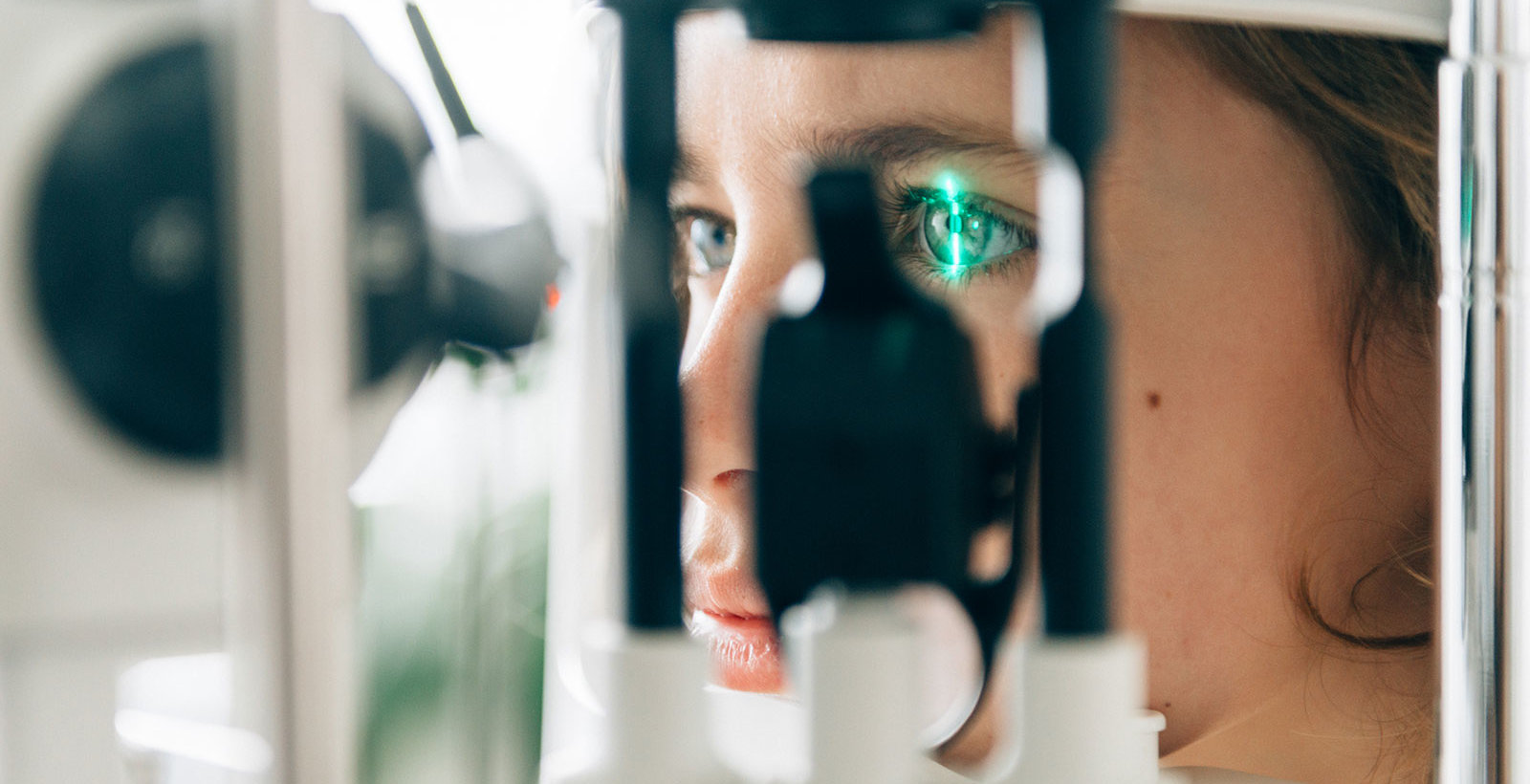LHON is caused by defects in mitochondrial genes encoding for proteins called NADH dehydrogenase. 95% of LHON cases are due to mutations in the mitochondrial genes ND1, ND4 and ND6, which encode proteins of the respiratory chain Complex I, an important component of energy production within the mitochondrion and therefore the cell. The ND4 mutation is responsible for the majority of LHON cases, representing around 70% in Europe and North America and 80 to 85% in Asia.
Although the genetic defect is present throughout the body, LHON symptoms are almost uniquely limited to retinal ganglion cells, or RGCs, located on the surface of the retina. These cells receive visual information from photoreceptors and transmit it to the brain. However, genetic mutation in the mitochondrial genes ND1, ND4 and ND6 disrupt Complex I, starving the RGCs of energy and making them no longer able to transmit signals to the brain. The patient turns blind.
Onset of vision loss due to LHON typically occurs between 15 and 35 years of age. Vision loss often occurs in a sequential fashion where one eye is affected first, followed by the second eye on average two months later.
The dramatic loss of vision experienced by LHON patients is life-changing and affects patients and their families socially, emotionally, and financially. LHON severely curtails patients’ ability to perform day-to-day activities, significantly reduces their autonomy, and alters their life choices.
